Having just moved house, we’re very aware right now that in the south-west, affordable housing is hard to find. It might be getting harder, too. Yesterday’s news included an announcement that local councils will be able to block developments on garden land.
Note that the article there is rather optimistic as to whether that type of development will be stopped. It won’t be; the decision on whether to allow it will be devolved to local government, which is in democratic terms a Good Thing that’s hard to argue against. In practical terms, though, it means that developments will be stopped in areas where residents have the means and inclination to be influential and to lean on their councillors; and will be concentrated in areas where nobody’s going to complain. In other words, another polarisation policy, to increase the economic differentiation of our towns and suburbs.
At first sight, I thought, it sounds like it might be a good idea. After all, I grew up in a leafy suburb, built in a time and place when housing plots included reasonable gardens, and so I quite enjoy tree-lined avenues and verdant cul-de-sacs that help you forget you’re in a city. But, thinking about it, I’m not so sure it’s a good idea. Verdant cul-de-sacs are nice, but affordable housing is better. A blanket ban on building over gardens isn’t what’s needed; what would be more useful is a more general control on maximum density of housing. If the planning regulations included a rule that every X square metres of new housing must include Y square metres of private or public garden space, then developers would be as free as they liked to demolish old houses and replace them with flats; the open space and the greenery would be preserved, just in a slightly different form.
It doesn’t take much, after all, to give an area the greenery it needs. Symbolic Towers, from the front, has no green space at all, one house in a line of terrace with virtually every front yard concreted, tiled or gravelled over.* At the back, we only have a small square of garden, too. But despite its small size, the garden and the gardens alongside are a quiet, peaceful, green space, sheltered from the inner city with trees and bushes.
It’s easy to forget, when a development is fresh and harsh, how time mellows a landscape. As I said, I grew up in a tree-lined surburban estate, and that’s how it is in my memory. When I look back at photos from my childhood, though, I’m shocked by how bare it looks. There’s hardly any greenery to be seen: it’s a stark landscape of red-brick houses, bare, plain lawns and sticky saplings staked into the ground here and there. In my memory it’s always as it is now, those saplings all fleshed out into fully-grown trees, and gardens grown up to fill in the spaces.** We forget that gardens take time to grow and mature; we forget, indeed, that Britain has no such thing as natural countryside at all, even our “ancient woodlands” being to some extent man-made.*** Developing on garden space isn’t necessarily a bad thing, so long as some green space remains; and it’s easy for “we don’t want to lose the green space next door” to be a cover for “we don’t want flats that just anyone can afford next door!” If we have rules that ensure that some green space will remain, we can redevelop our cities in a sensible and healthy way. And in thirty years time, those new flats will be surrounded by greenery, and people will wonder that their street was ever any different.
* Do not ask about the gravel. Unless, that is, you would like some free gravel.
** Memo to my parents, 30 years ago: think twice about moving into a house with a horse chestnut sapling planted at the end of the driveway, because before it’s a third fully-grown it will already have buggered up the drains.
*** They are still ancient, of course. But pollen analysis shows firstly that their mixture of trees is rather different to the genuine primaeval forest that grew up between the end of the recent ice age and the start of farming; and, secondly, that we probably have rather more woodland today than we did 2,000 years or so ago.
Keyword noise: brownfield, development, garden, garden grabbing, green space, housing, planning, redevelopment, Symbolic Towers.



 Home
Home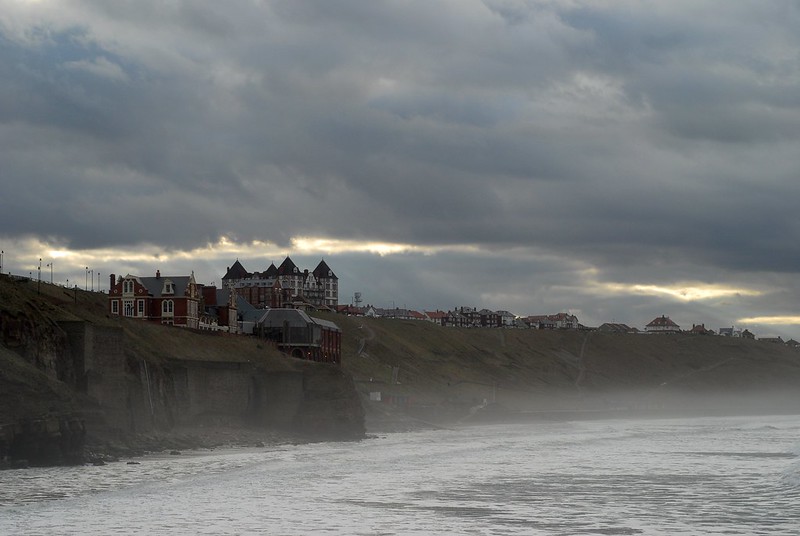
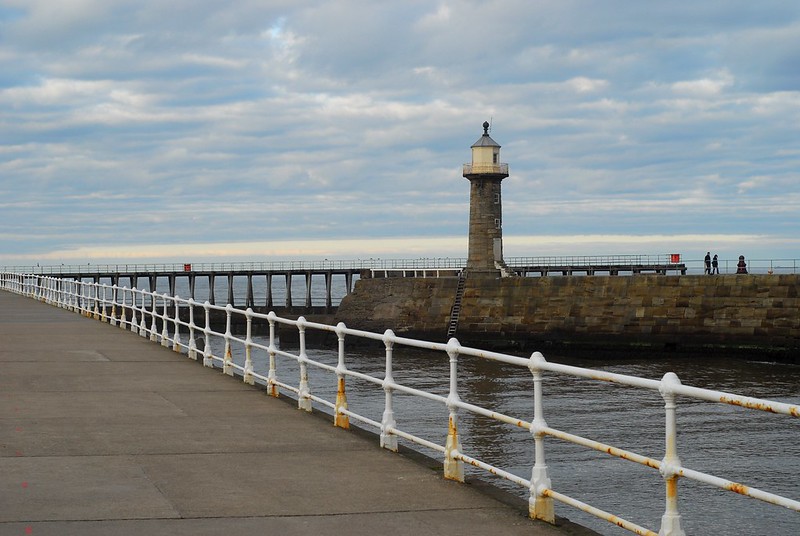
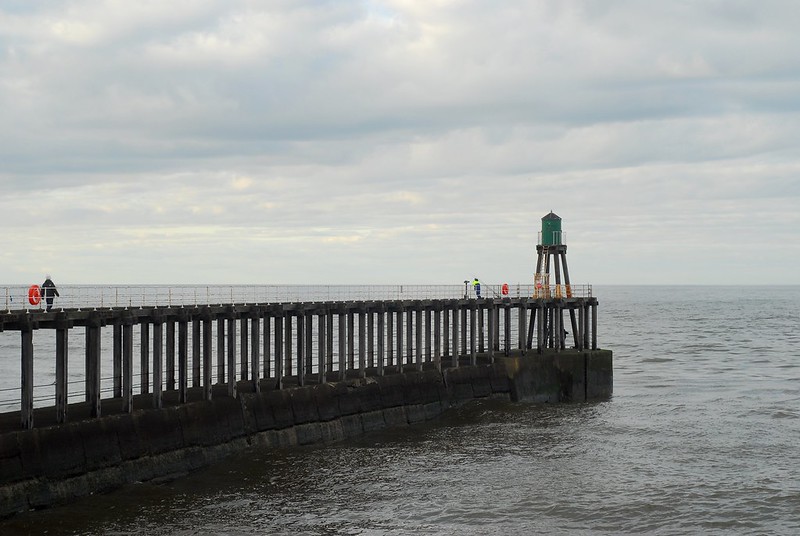
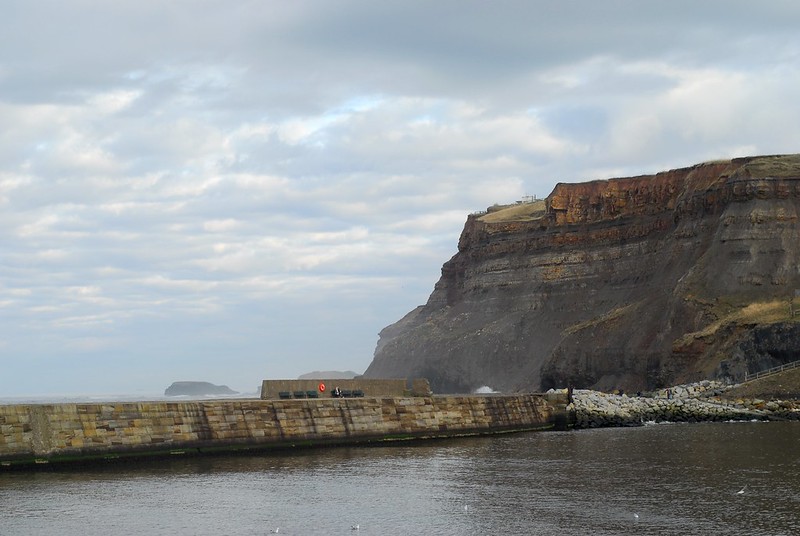
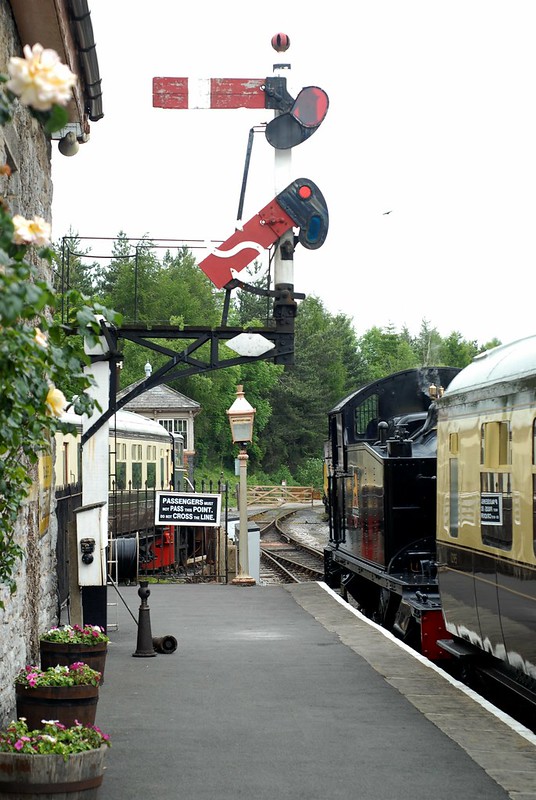
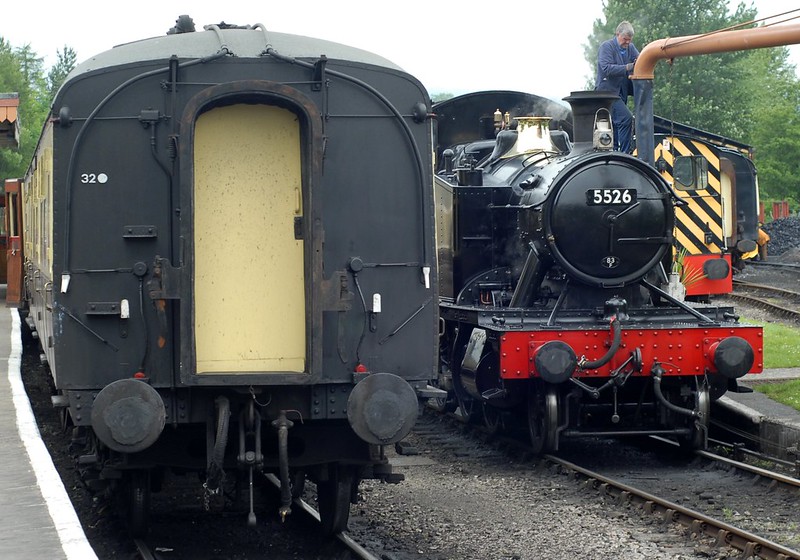
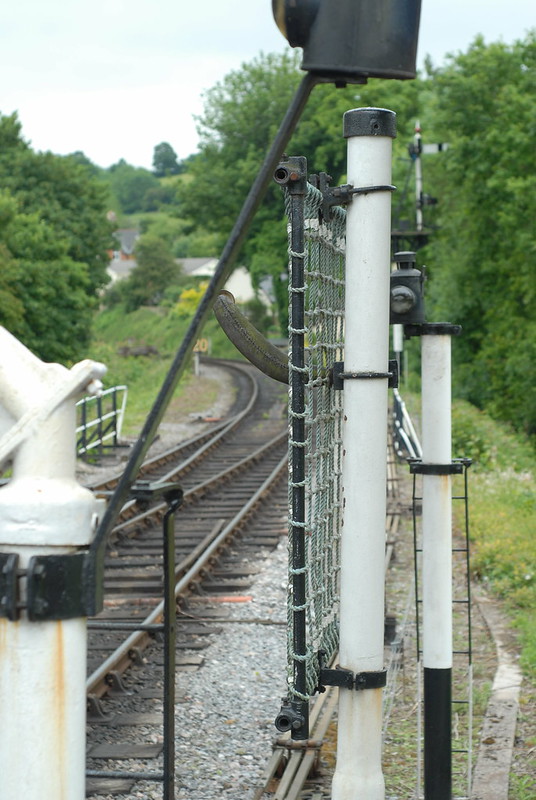
 Newer posts »
Newer posts »